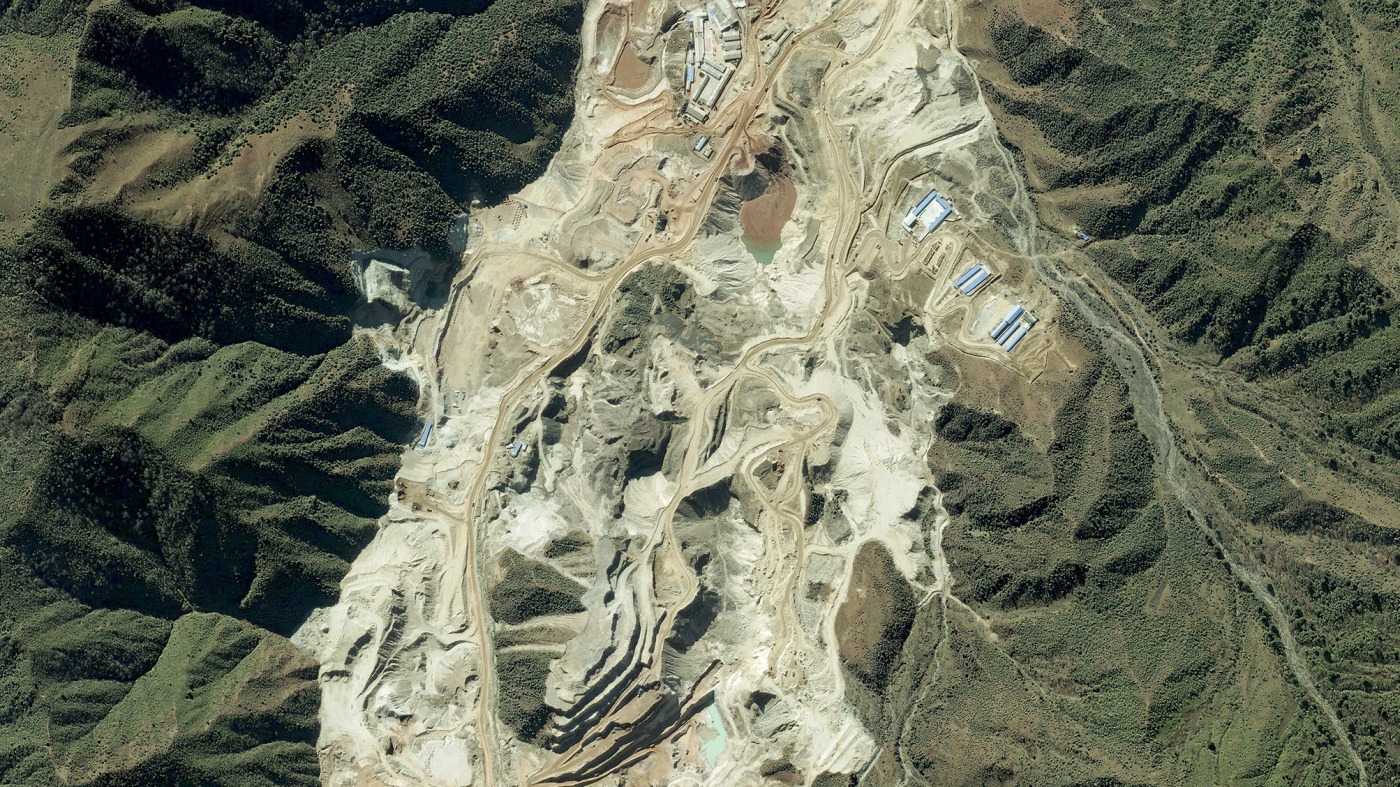The U.S. and some of its closest trade partners have gone back and forth on trade polices in recent days after President Donald Trump announced tariffs on goods from Mexico, Canada and China.
Capping off his second week back in office, Trump announced tariffs of up to 25% on goods from Mexico and Canada and a 10% tariff on goods from China. Stocks tumbled Monday morning, rattled by the announcement, but by the end of the day he announced deals with both North American countries to delay the tariffs by 30 days after the nations agreed to help with border security.
As of Tuesday afternoon, the 10% tariff on goods from China was in effect after the country responded with tariffs on some U.S. goods.
Here’s what to know about the recent flurry of tariffs news.
More:What do Trump’s proposed tariffs mean for you?
What is a tariff?
A tariff is a form of tax imposed on imports from another country. The domestic business buying goods from another country pays the additional fee, but the extra costs often get passed onto consumers.
Economic theory generally shows higher trade barriers raise consumer prices and negatively impact economic output and income, according to the Tax Foundation, a nonpartisan tax policy nonprofit.
Tax Foundation senior policy analyst and modeling manager Garrett Watson previously told USA TODAY that some argue for tariffs to get more demand for domestic manufacturers, even though they are also part of the global supply chain that could be impacted by tariffs.
National security is also an argument for using tariffs to ensure domestic production.
What’s the latest with US tariffs on Mexico?
Trump announced Friday he would impose a 25% tariff on imports from Mexico, diverting from a free-trade agreement he signed in his first term that was not up for renegotiation until 2026.
In a phone call Monday, Trump and Mexico President Claudia Sheinbaum agreed that her country would send 10,000 National Guard troops to its northern border, while the U.S. would work to slow the flow of American weapons south of the border.
Their agreement means the tariffs are on pause for a month.
The S&P 500 stock index recovered some losses after the deal was announced, thought White House Press Secretary Karoline Leavitt said the morning’s market dip did not influence the deal.
Dig deeper:Mexico, US reach deal that puts Trump tariffs on hold
What’s the latest with US tariffs on Canada?
After the temporary deal with Mexico was announced Monday morning, Trump and Canadian Prime Minister Justin Trudeau also reached a deal, putting a 30-day pause on the formerly proposed 25% tariff on Canadian goods. (Trump’s original executive orders issuing the tariffs carved out an exception for Canadian energy including natural gas and oil, which would have been met with a lower rate of 10%.)
Trudeau said in a statement the country would spend $1.3 billion in “reinforcing the border,” including staffing, a newly appointed “Fentanyl Czar” and new criminal designations for drug cartels.
Dig deeper:Trump says he paused US tariffs on Canada for at least 30 days after call with Trudeau
What’s the latest with US tariffs on China?
Alongside tariffs on Mexican and Canadian goods, Trump also issued a 10% tariff on goods from China, which went into effect 12:01 a.m. ET Tuesday. The president has said the tariffs are needed because Beijing is not doing enough to close off the flow of deadly opioids into the country, though China disputes the claim.
Shortly after the tariffs went into effect, China’s finance ministry announced it would start imposing targeted tariffs of 15% for U.S. coal and 10% for crude oil, farm equipment and some cars.
Trump was scheduled to speak with President Xi Jinping Tuesday. But later he told reporters he was not in a hurry to talk to the Chinese president and responded to a question about the retaliatory tariffs with “that’s fine,” according to Reuters.
Contributing: Zac Anderson, Kim Hjelmgaard, USA TODAY


